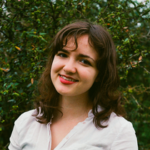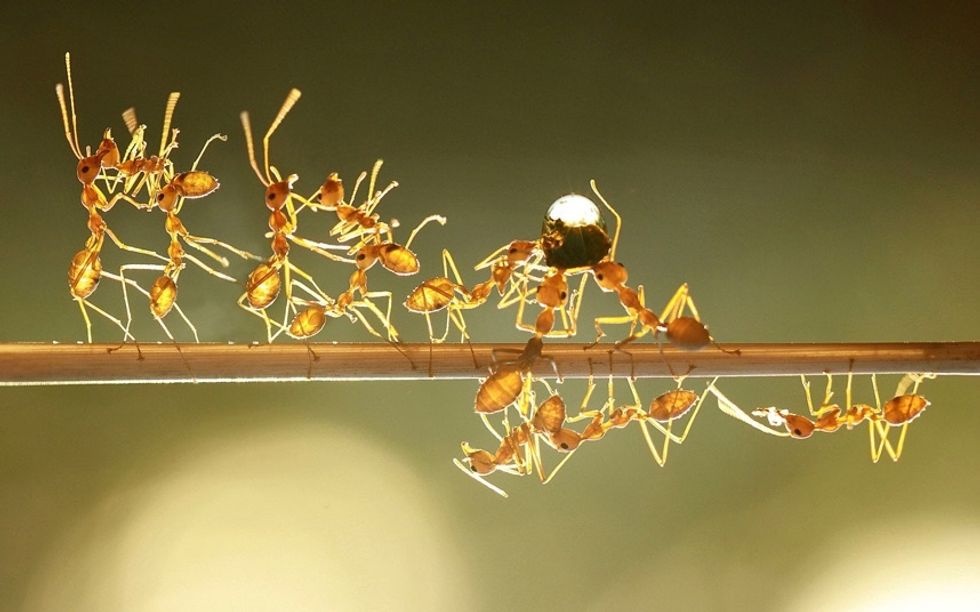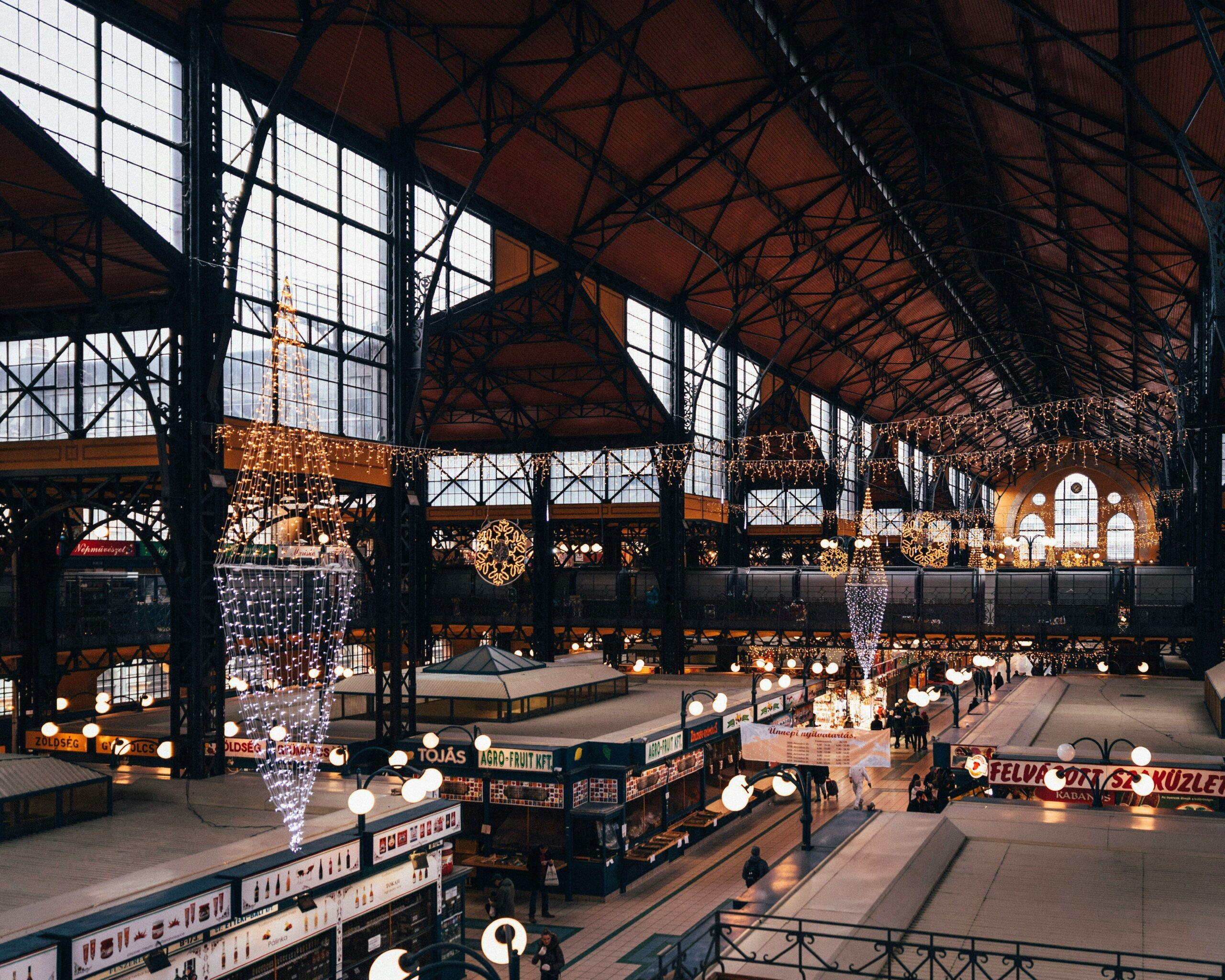
The Secret Wars of Ants


Ants might seem like cute, fragile little insects who occasionally run over your toes, but did you know that ants have been in the midst of a massive and extremely complex series of wars for tens of millions of years?
Ants were around before any of us, before even the breakup of the supercontinent Gondwana over a hundred million years ago. Because they’re so fascinating and complex, ant wars are mentioned everywhere from the Bible to Charles Darwin.
Why are ants always fighting? Ants operate in colonies, and when these colonies encounter other colonies, this can lead to wars of stunning proportion, requiring military maneuvers of the highest caliber and risks of the ultimate nature.

Ant Battles: Tournaments, Naval Technology, and Chemical Warfare
Ants are fearsome warriors and very hungry animals. They feast on termites, so if two colonies encounter the same termite, that means trouble. They often attempt to avoid full-on war, though. Sometimes, rival teams will face off at tournament sites where the largest, toughest workers from each colony do battle. In that case, once one group is defeated, the whole colony rushes away, and the luscious termite reward goes to the winning team.
Some individual ant fighters use their mouths as weapons. The trap-jaw ant can snap its mouth open and closed more than 2,300 times faster than a blink of an eye. This species of ant can also use its huge jaw as a catapult to fling itself away from danger.
Ants are formidable foes. Fire ants can create rafts to float on flood waters; leaf cutter ants can carry leaves that are fifty times their body weight; Canadian ants produce anti-freeze to survive frigid temperatures and Sahara desert ants can survive 60 degree Celsius weather. Arguably the toughest battle ant is the red imported fire ant, which is well-known for its burning sting.
Africa’s big-headed ants have another tactic: During battle, they transfer a chemical compound to their foes which changes their enemies’ appearance, meaning that when they return home, they are not recognized and are killed as intruders. The Texan raspberry crazy ant can spray acid at any threats, a tactic they’ve lately been using to terrorize the crabs of Christmas Island.
Some ants have also avoided total war by using pebbles to block their entrances and, for a certain Borneo ant species, fending off assailants with toxic yellow glue from internal glands. Human military technology could never.
National Geographic – Army Ants – BBC Wildlife Documentarywww.youtube.com
Military Tactics: Hostages, Healers, and the Element of Surprise
Sometimes full-on war is inevitable. Every massive ant battle looks different, but the bloodiest battles happen when one colony decides to raid another. Some ant wars are huge, swirling confrontations; others happen in waves. Sometimes they end in truces, and sometimes the colonies merge.
Different types of ants use different battle tactics to win. For example, army ants—of which more than 130 species have been discovered in the Americas alone—operate like Roman armies, using one united front to surge forward, depending entirely on the element of surprise. Sometimes the waves of these ant battalions can stretch up to 100 feet wide.
Like human armies in World War I, ant armies often place their smallest, weakest, most disposable members on the front lines. After the expendable soldiers have swarmed the enemy, the advanced fighters come in for the kill.
The Amazon ant specializes in stealing hostages from enemy ant tribes, then forcing the kidnapped ants into servitude in their ant kingdom. Ants also tend to use a tactic sometimes known as hive mind. Though the ants don’t give or take orders from anyone, when a decision is made or new information appears, it can spread via chemical signals throughout the entire colony in seconds, a phenomenon that has fascinated scientists and algorithm-makers.
Another human-like tactic that ants use: All ant armies have medics that carry wounded soldiers off the field and cart them all the way home. Yes, there are ant medics, and they save lives. Ants treat each others’ war wounds, cleaning them to stop infections, which can save up to 80% of injured ants from death.
By the way, ants are blind and don’t have ears, so they do all this through feeling and smell.

Invasive Species
Ants have always been warlike species, but the presence of humans has brought invasive species all around the world, throwing a wrench in the normal way of ant society and sparking some of the largest ant wars of all time.
Today, in California, invasive Argentine ants and native fire ants are doing battle. Argentine ants also face challenges from yet another invasive species, Asian needle ants, whom they are fighting in another all-out war. Argentine ants are a unique case; they’ve managed to spread all around the world, yet their own civilizations are almost always peaceful. It’s only when another challenger comes along that things get ugly.
Many of the invasive ant species that humans have spread around the world are incredibly resilient and adapt easily to new lands. This means that they’re often formidable opponents to the species already living in their new homes.
Invasive ant species can also wage war on humans, leading to crop disease, infesting food, and in some cases (as with the invasive yellow crazy ants in Australia), blinding humans and animals.
So whatever you do, don’t underestimate the next anthill you stumble upon. You might just find yourself in an all-out war.
- amazin...
- ant
- ant battles
- ant wars
- ants
- ants fighting
- antz
- army ant
- battles
- bbc wildlife
- full documentary 2017
- fun ant facts
- invasive species
- military
- nat geo wild
- national geographic
- national geographic documentary
- nature
- nature facts
- savage armies of ants
- science
- video
- weird ant facts
- weird ants
- wild africa
- youtube.com


